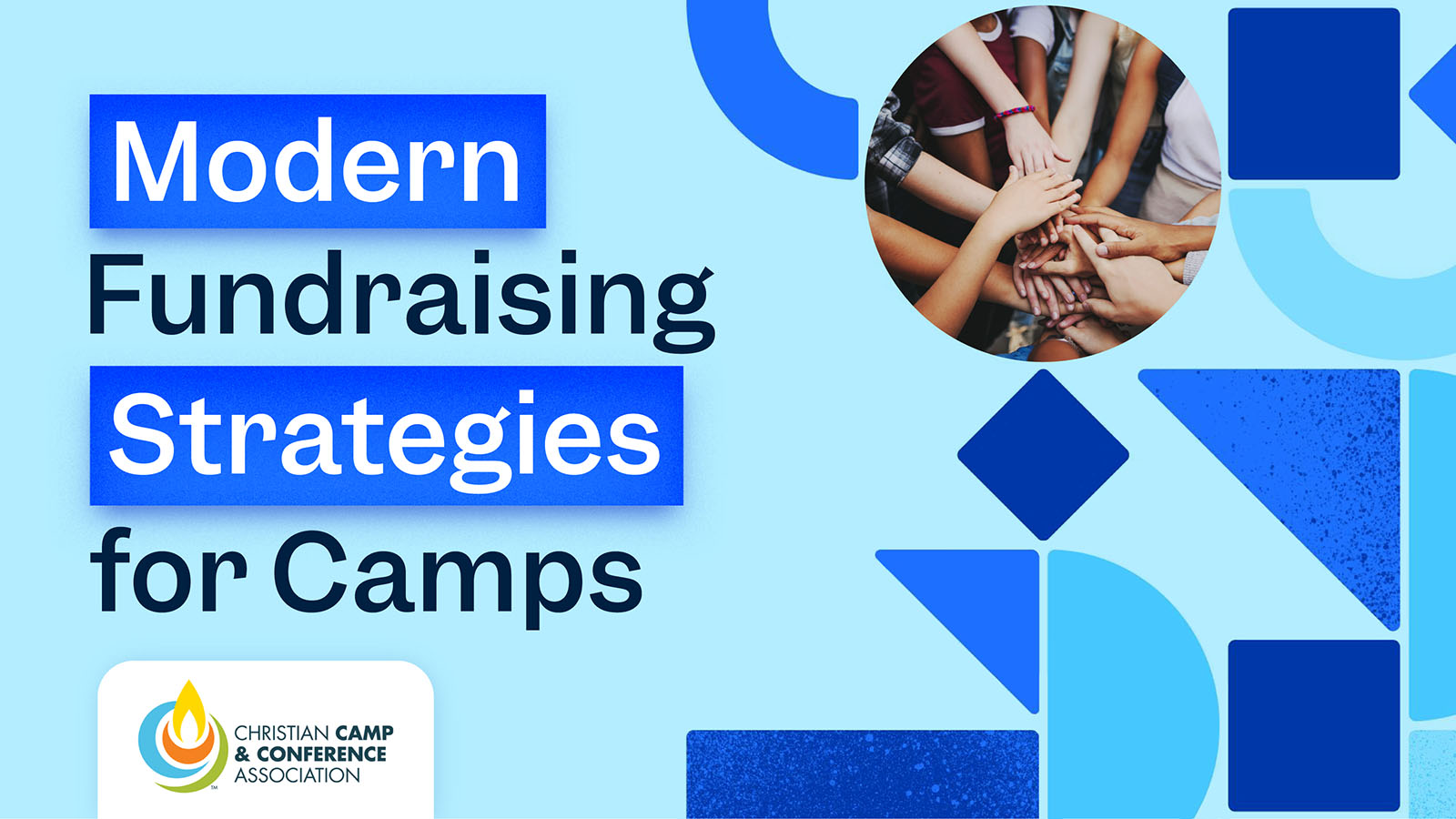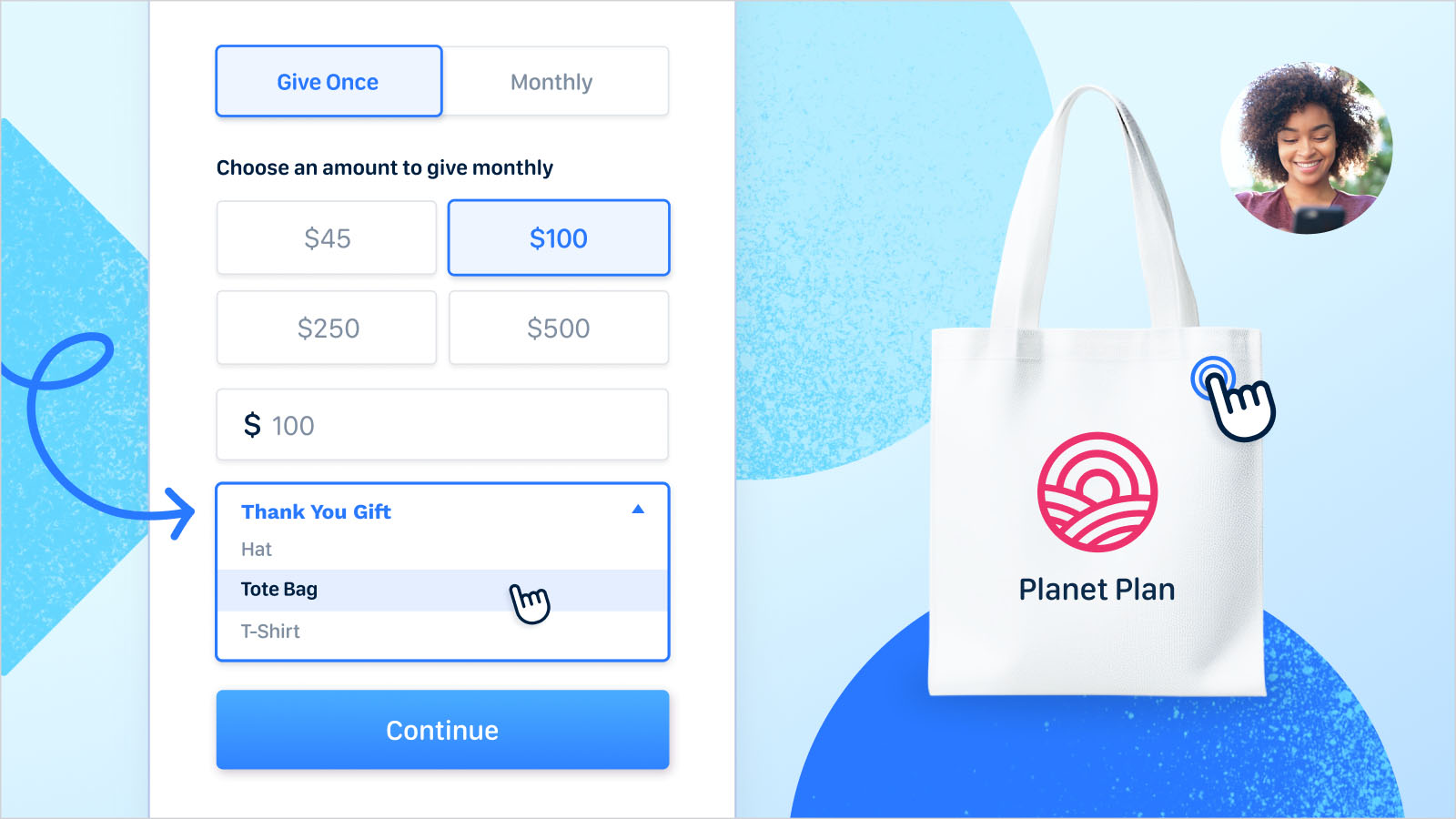Everyone knows that propensity to give is a huge part of knowing when and what to ask from which donors. But once you have the results of the wealth screenings, what do you do? Like, how do you read these numbers? Do we have the book upside down or...?
No, you're reading the data correctly; it's just that a bunch of random-looking numbers don't lend themselves to clear action. Check out the explanation below to become a P2G expert! The next time you see someone tilting their head at a computer full of wealth screenings, you'll be able to save them from an awful crick in the neck. Or ask a Funraise Team member—Funraise knows all about wealth screenings!
Understanding your wealth data.
A propensity to give (P2G) score gives you an idea of how much a person can donate and how likely they are to do so at your organization. This is a strategy that can show you which donors can handle big asks and which donors can handle smaller, but possibly more frequent asks. It works like this—households in your database are matched to publicly available data to assign each record a “P2G score.” This score is based on exact household matches and looks at overall wealth, financial ability, and the giving histories of your prospects. P2G scores have two digits, “#-#”, with each combination representing a different rating. The first number in the score categorizes the strength of matches between your prospect and publicly available data as Excellent (1), Above Average (2), Average (3), Fair (4), and Unmatched (5). The second number represents the capacity of a prospect and further breaks down their likelihood to give. Remember: lower numbers = better prospects!
Here's how the scores break down:
P2G Category 1—Excellent Donors
Prospects earning a score of 1 could be some of your next major donors. These prospects are best for major gifts and often warrant a specific strategy to qualify and cultivate your donor relationship. When you’re coming up with strategies to increase donation amounts, focus on these prospects. A prospect with a score of 1-0 are perfect and near-perfect matches—they're most likely to give to your cause if they aren’t doing so already! Prospects with a 1-5 have the lowest capacity within this category but are still well-qualified matches and should receive love from your marketing and fundraising teams.
P2G Category 2—Above Average Donors
These prospects have matched to above-average real estate holdings and, most likely, another data point (such as overall wealth, financial ability, etc.). This group should receive significant marketing and fundraising attention as they have the potential to be developed into reliable contributors to your organization.
P2G Category 3—Average Donors
The top three scores within P2G Category 3 (3-1, 3-2, and 3-3) represent approximate matches to productive givers. Scores 3-4, 3-5 and 3-6 typically have fewer matches. Before spending marketing and fundraising dollars on these prospects, do a little more digging and vetting of the information available. You may find information out there that could move your Category 3s to a Category 1 or 2!

P2G Category 4—All Donors Are Good Donors
Category 4 prospects typically represent a high percentage of records but may be one-time or small-dollar donors. You can change this, though! Don't ignore your Category 4 donors, just be mindful of your initial ask. While Category 4 donors may not be able to donate tens of thousands of dollars at a time, they have the potential to increase their donation amount over time—if you nurture the relationship. For example, you may be able to ask them to increase their give from $5 to $10. In Category 4, the second number within a score will always be 0.
P2G Category 5—Unmatched (Potential) Donors
The absence of matches generally indicates households that have a low profile in the community. These are most likely not strong prospects unless they display previous giving history, affinity, or other indicators, but don't count them out entirely! These prospects are still worth courting—imagine a student who doesn't have the means to donate now, but who's willing to volunteer and who will grow in wealth as they age. If you establish a long-term relationship now, you may reap the rewards over the prospect's lifetime.
Things to Remember
- Lower numbers are your best donors. Focus on these prospects, but don’t forget about the little guys—they still want to donate for a good cause.
- Prospects are not bound to their categories once receiving a score—once a prospect becomes a donor, more information will become available and your Category 4s could end up becoming 3s, 2s, or even 1s.
- Do your homework and always check your database for accuracy.
- Propensity to Give scores are just numbers. Relying solely on them to chase high-value donors will leave out smaller, everyday advocates who, together, could make up a significant portion of your overall donations.































.webp)
.webp)











.webp)
.webp)

.webp)
.webp)
.webp)




